NUHADANG [Korea Quality] / 누하당 [한국관광 품질인증]
8.6Km 2020-09-10
49-7, Pirundae-ro, Jongno-gu, Seoul
010-9692-1330
Guesthouse Nuha is a ‘hanok’ or traditional Korean house consisting of four guestrooms located in Nuha-dong, Seochon (west of Gyeongbokgung Palace, Jongno, Seoul) where many Confucian scholars and artists lived during the Joseon Dynasty.
Exuding a refined atmosphere, Guesthouse Nuha is very popular among not only domestic visitors but also foreign tourists who want to experience the flavor of Korea in a cozy hanok. All four guestrooms (An-bang, Sarang-bang, Geul-bang, and Byeol-dang) are covered with eco-friendly hanji (traditional Korean paper handmade from mulberry tree) wallpaper, and are equipped with a thick cotton-wool comforter and pillows imbued with the scent of Hinoki cypress tree to help guests relieve their fatigue.
Breakfast is served free of charge. Guests can also experience traditional Korean culture here, such as playing a Korean musical instrument (janggu or double-headed drum), playing a game of yut in the yard, or wearing hanbok (traditional Korean clothes). Although a local bus service passes through the village, it is highly recommended to take a quiet leisurely around the area.
Residencia Sangchonjae (상촌재)
8.6Km 2023-08-17
Jahamun-ro 17-gil 12-11, Jongno-gu, Seúl
Sininaerin Maeun Tteokbokki - Noryangjin Branch (신이내린매운떡볶이 노량진)
8.6Km 2021-03-29
3, Manyang-ro 14ga-gil, Dongjak-gu, Seoul
+82-2-2631-8484
It sells tteokbokki with various toppings. This restaurant's signature menu is stir-fried rice cake. This Korean dishes restaurant is located in Dongjak-gu, Seoul.
Eulmildae Pyeongyang Naengmyeon (을밀대평양냉면)
8.7Km 2021-03-26
24, Sungmun-gil, Mapo-gu, Seoul
+82-2-717-1922
It is a famous Pyongyang naengmyeon (Korean cold noodle) restaurant in Mapo where a lot of customers always wait in line. This restaurant's signature menu is Pyeongyang cold buckwheat noodles. This Korean dishes restaurant is located in Mapo-gu, Seoul.
Mapook (마포옥)
8.7Km 2021-03-24
312, Tojeong-ro, Mapo-gu, Seoul
+82-2-716-6661
It’s a 2020 Michelin Guide restaurant. This Korean dishes restaurant is located in Mapo-gu, Seoul. The representative menu is brisket and ox bone soup.
Jangchung Jokbal (장충족발)
8.7Km 2021-03-29
31, Noryangjin-ro 16-gil, Dongjak-gu, Seoul
+82-2-816-9824
Jokbal (pig’s feet) is a representative food loved by Koreans. The best menu at this restaurant is braised pigs' feet. This Korean dishes restaurant is located in Dongjak-gu, Seoul.
Tumba Real Jeongneung en Seúl (서울 정릉) [Patrimonio Cultural de la Humanidad de la Unesco]
8.7Km 2021-01-27
Arirang-ro 19-gil 116, Seongbuk-gu, Seúl.
+82-2-914-5133
La tumba Jeongneung es la tumba real de la reina Sindeogwanghu, que era la esposa de Taejo, el primer rey de la dinastía Joseon. En aquella época el rey, según las tradiciones del antiguo reino Goryeo, tenía dos esposas: una en Seúl, que llega a ser la reina Sindeogwanghu, y otra en su tierra natal. La Sra. Han, su esposa en su tierra natal, murió antes de que Taejo subiera al trono, por lo que fue la Sra. Kang quien tuvo el honor de ser coronada como reina.
Taejo tuvo dos hijos con la reina, pero aquellos príncipes murieron durante la revolución liderada por su hermanastro Lee Bang-won. Después de esta tragedia, Taejo perdió el interés por la política y dedicó la mayoría de su tiempo a orar por su esposa e hijos en los templos budistas situados en Jeongneung.
Vista Nocturna del Puente Mapodaegyo (마포대교 야경)
8.8Km 2021-03-26
Mapo-dong, Mapo-gu, Seúl.
+82-2-3153-8365
El Puente Mapodaegyo une las áreas de Yonggan-dong y Yeouido, y tiene 1.400 metros de largo y 25 metros (6 carriles) de ancho. Es el cuarto puente construido en el río Hangang después del puente Hannamdaegyo.
Finalizada su construcción en mayo de 1970, en su inicio era llamado "Puente de Seúl" pero desde 1984 empezaron a llamarlo "Puente Mapodaegyo".
Hangang Live Paradise (파라다이스)
8.8Km 2020-06-02
252, Yeouidong-ro, Yeongdeungpo-gu, Seoul
+82-2-447-3333
Make memorable moments with that special someone, enjoying a beautiful view of the Hangang River and the sweet melodies of live music at Hangang Live Paradise.
Templo Gilsangsa en Seúl (길상사(서울))
8.8Km 2025-04-02
Seonjam-ro 5-gil 68, Seongbuk-gu, Seúl
El templo Gilsangsa está situado en el distrito de Seongbuk-dong, del norte de Seúl. Fue construido en el recinto del famoso restaurante Daewongak, cuya dueña donó la propiedad al venerable monje Bupjeong (1932-2010), que fue la persona que transformó el lugar en este templo inaugurado en 1997. Aunque Gilsangsa tiene una historia relativamente corta, está muy bien situado en el centro de Seúl, por lo que atrae muchos visitantes tanto nacionales como extranjeros. El templo también sirve como lugar cultural, ya que ofrece diversos programas como enseñanzas budistas, y estancia en templo. Las construcciones Gilsang Seonwon (centro zen) y la Casa el Silencio están dedicadas a la meditación. Gilsang Seonwon ofrece habitaciones para que mediten budistas con experiencias, mientras que la Casa del Silencio está abierta al público en general. Gilsangsa también tiene una sede en París.
![NUHADANG [Korea Quality] / 누하당 [한국관광 품질인증]](http://tong.visitkorea.or.kr/cms/resource/58/2532358_image2_1.jpg)

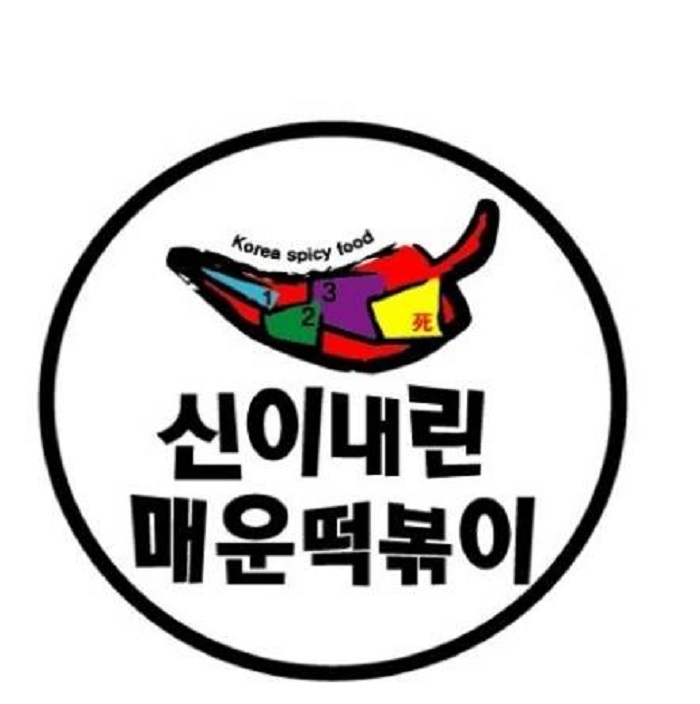
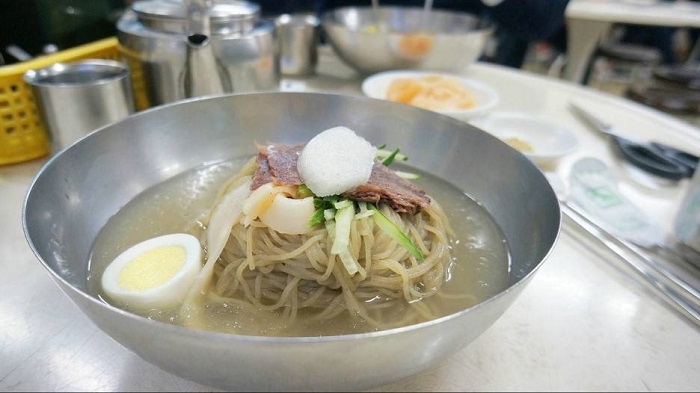
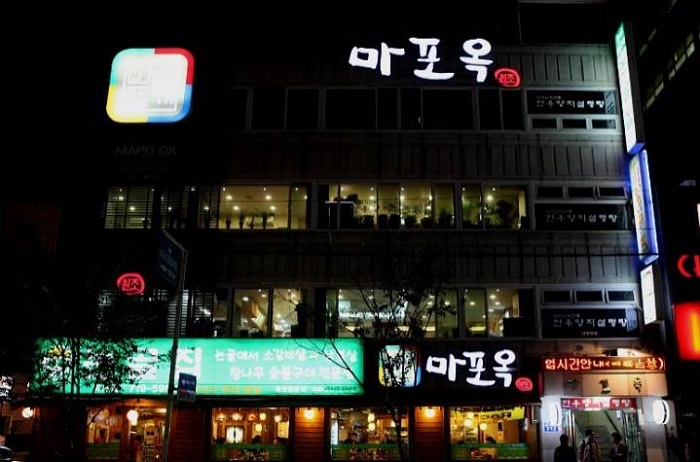
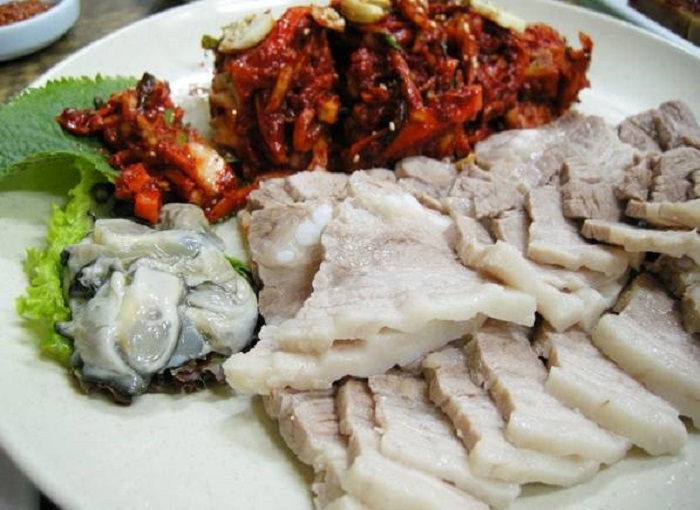
![Tumba Real Jeongneung en Seúl (서울 정릉) [Patrimonio Cultural de la Humanidad de la Unesco]](http://tong.visitkorea.or.kr/cms/resource/91/2622291_image2_1.jpg)
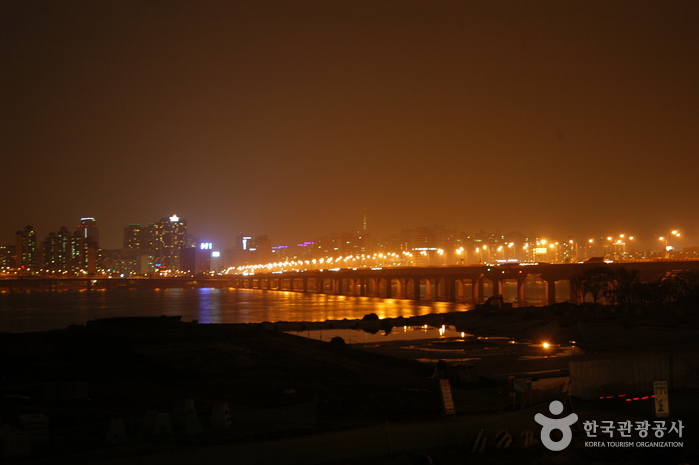
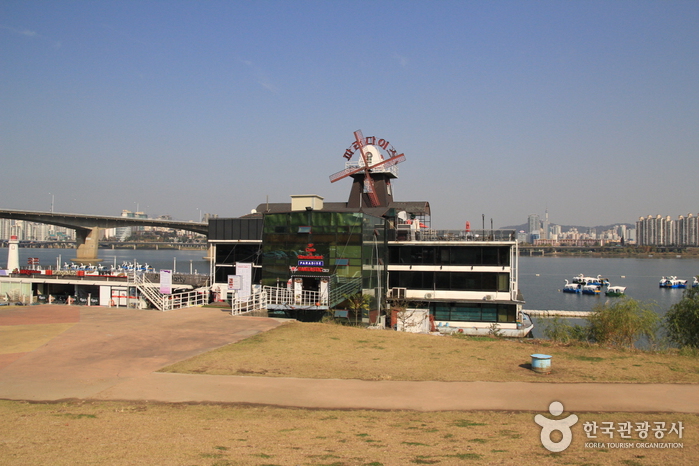
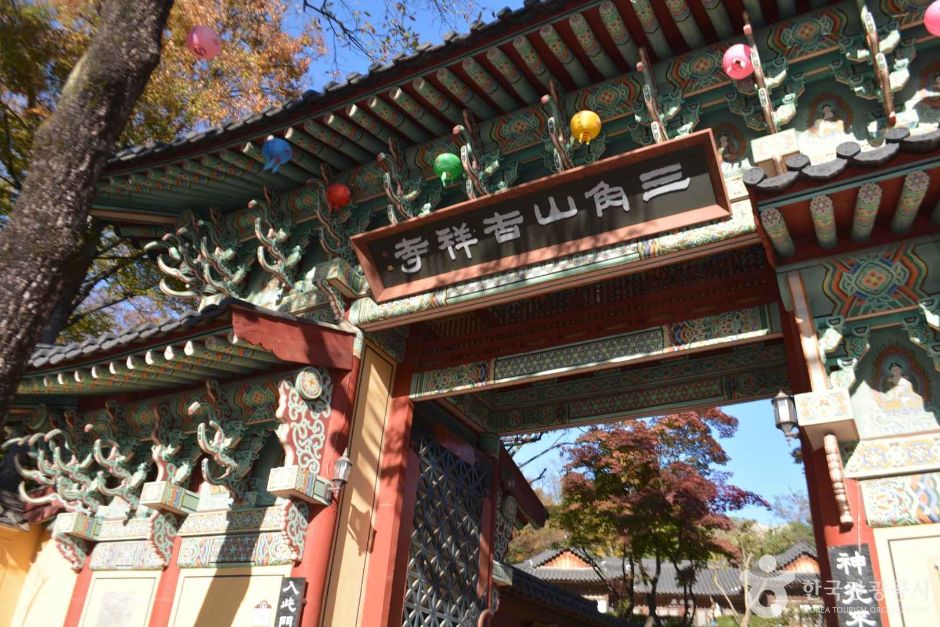
 Español
Español
 한국어
한국어 English
English 日本語
日本語 中文(简体)
中文(简体) Deutsch
Deutsch Français
Français Русский
Русский